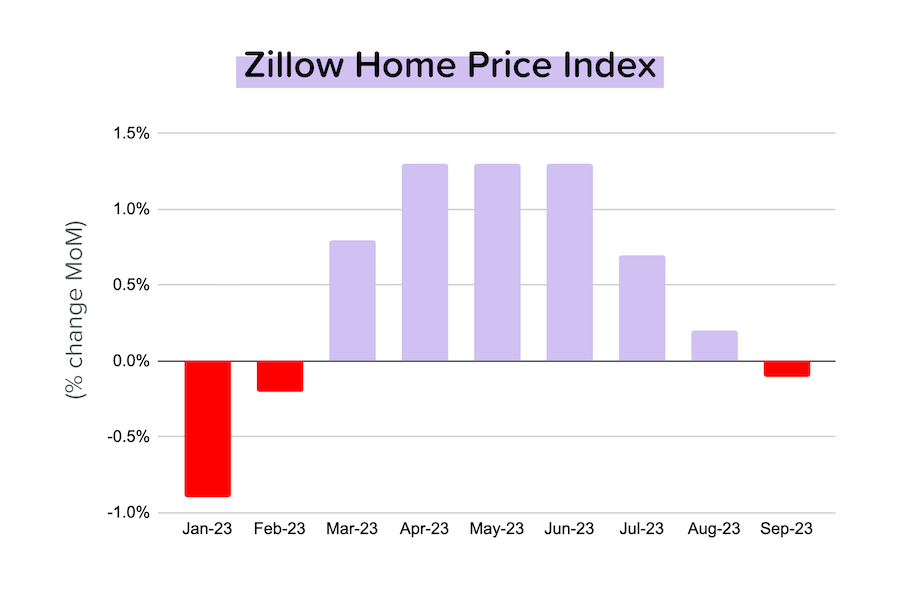How Buying A Home Works

Buying a home is a significant financial and legal process that involves several steps. Here's a general overview of how buying a home typically works:
-
Assess Your Finances: Before you start looking at homes, assess your financial situation. Determine how much you can afford to spend on a home, taking into account your income, savings, credit score, and any existing debts. You Can Start Right Here Now
-
Get Pre-Approved for a Mortgage: Getting pre-approved for a mortgage helps you understand how much a lender is willing to lend you based on your financial situation. This pre-approval letter can make your offers more competitive when you're ready to make an offer on a home. You Can Start Right Here Now
-
Make an Offer: Once you find a home you like, you'll make an offer to the seller. Your offer will include the purchase price, any contingencies (such as a home inspection or appraisal), and the proposed timeline for the transaction.
-
Negotiation: The seller may accept your offer, reject it, or counteroffer. Negotiations can involve adjustments to the price, repairs, or other terms of the sale.
-
Under Contract: Once both parties agree on the terms, the contract is signed, and the property is considered "under contract." At this point, you'll typically provide an earnest money deposit to show your commitment to the purchase.
-
Home Inspection: It's advisable to have a professional home inspector evaluate the property's condition. If issues are found, you can negotiate repairs with the seller or adjust the terms of the contract.
-
Appraisal: Your lender will order an appraisal to determine the home's market value. This is important for securing a mortgage, as the lender will generally lend up to a certain percentage of the appraised value.
-
Finalizing the Mortgage: Work with your lender to complete the mortgage application process. They will verify your financial information, and once approved, they will provide you with a loan commitment letter.
-
Title Search and Insurance: A title search is conducted to ensure the property's title is clear and that there are no ownership disputes. You'll also purchase title insurance to protect against any unforeseen title issues.
-
Closing Documents: Before the closing, you'll receive a Closing Disclosure that outlines the final terms of the mortgage and details the costs associated with the transaction.
-
Closing: At the closing, both parties sign the necessary documents, including the mortgage agreement and the deed transferring ownership to you. You'll also pay closing costs, which can include fees for various services.
-
Funding and Recording: Once all documents are signed and funds are exchanged, the sale is funded, and the deed is recorded with the appropriate government agency. This legally transfers ownership of the property to you.
-
Move-In: After closing, you'll receive the keys to your new home, and you can officially move in!
Keep in mind that the home buying process can vary based on location, local laws, and individual circumstances. It's highly recommended to work with a qualified real estate agent and legal professionals to ensure a smooth and successful home purchase.
Categories
Recent Posts










